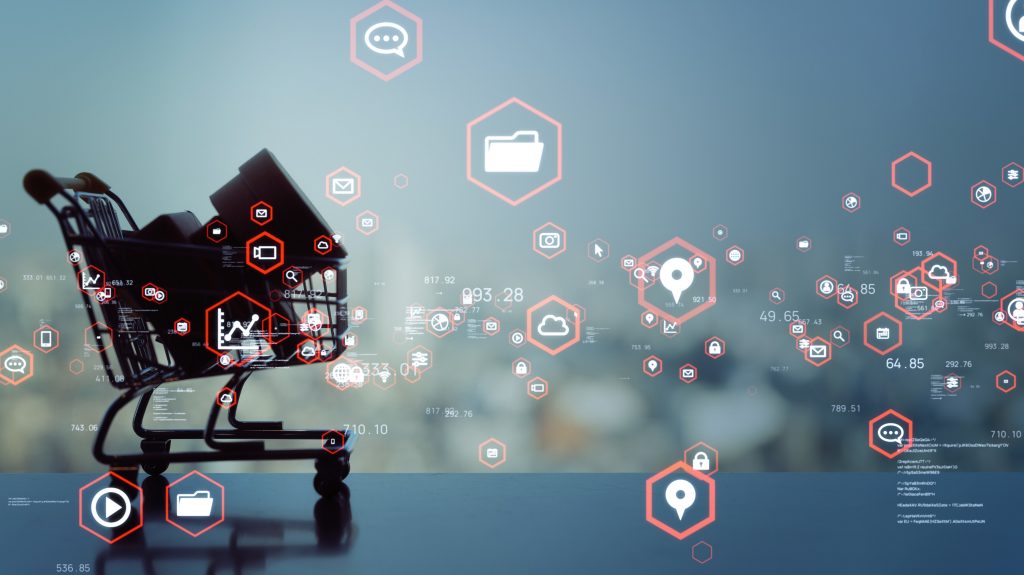AI-Augmented Software Development: Transforming Software Engineering for the Future
AI-augmented software development is revolutionizing the way software is built, deployed, and maintained. From faster development cycles to improved code quality and smarter collaboration, the impact of AI on software engineering is profound
AI-Augmented Software Development: Transforming Software Engineering for the Future Read More »






